Date of Degree Completion
Spring 2022
Degree Type
Capstone - Open Access
Instructor/Advisor
Sheila McAdams
Abstract
The educational system in the United States is a profoundly difficult structure to navigate, adjust, and comprehend. The system, comprised of nearly 100,000 public schools, interacts with millions of students each school year. For the 2021 – 2022 school year, the estimated total of students is 56.4 million. Each student brings individualized experiences and backgrounds to school that play an integral role in helping them form their identity. The 56.4 million students also create a plethora of diverse cultures and beliefs. The nation’s public school system becoming increasingly more racially diverse is exemplifying how minority populations are trending away from being, technically, minority. While the shifts in racial demographics are clear, secondary education institutions are continuing to fail in addressing race-based gaps in academic achievement. Minority students are still significantly underperforming when compared to their counterparts and interventions on the federal and state levels have made varying impacts. This report will analyze the factors contributing to the persisting racial academic achievement gap. It will provide background and insight on culturally inclusive curriculum (CIC) and highlight potential methods of utilization and implementation for CIC to address race-based academic achievement gaps in secondary education.
Recommended Citation
Holihan, Brian, "Culturally Inclusive Curriculum: Policy Recommendations to Address Racial Academic Achievement Gaps in Secondary Education" (2022). Community Engagement Student Work. 86.
https://scholarworks.merrimack.edu/soe_student_ce/86

